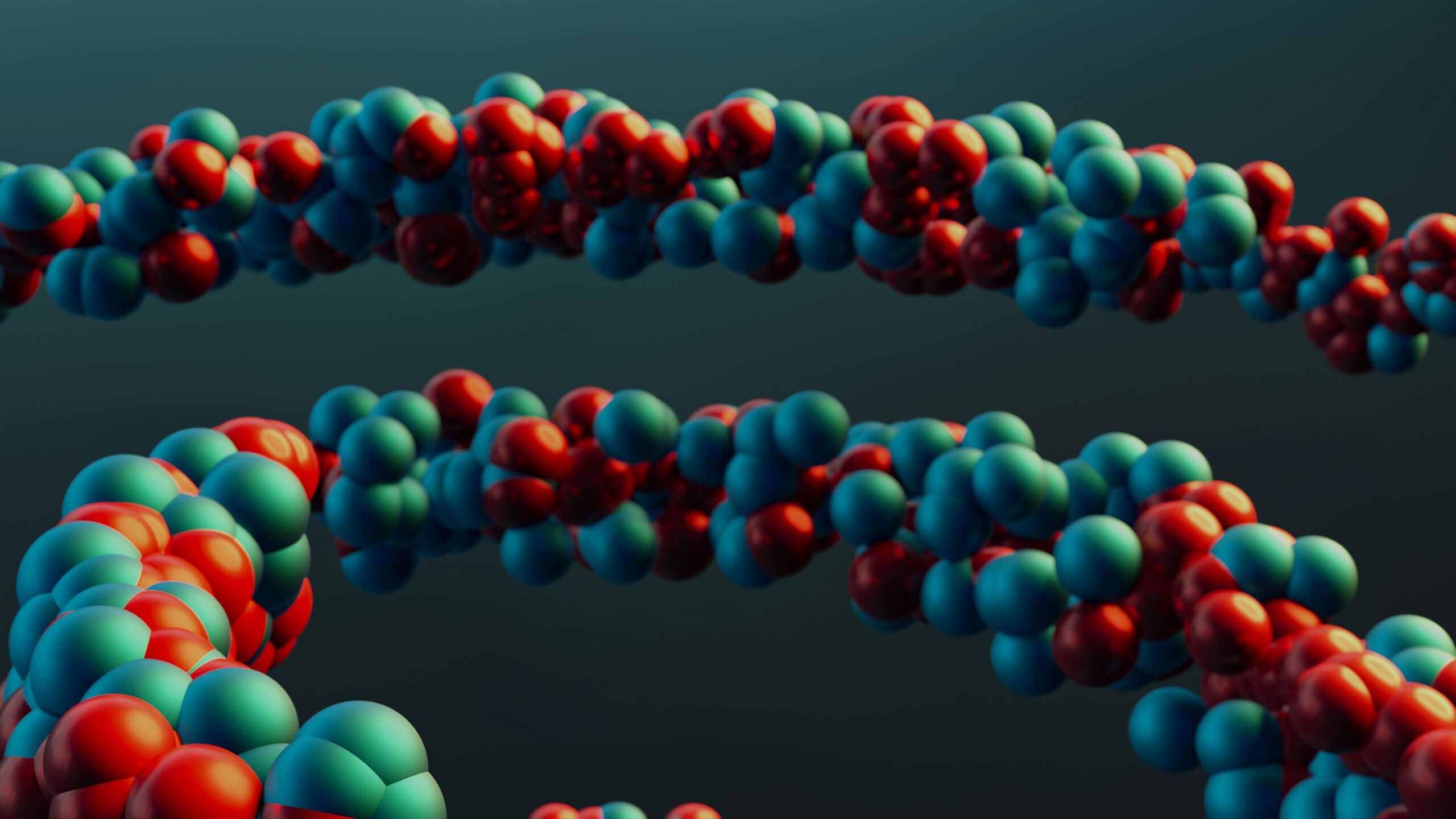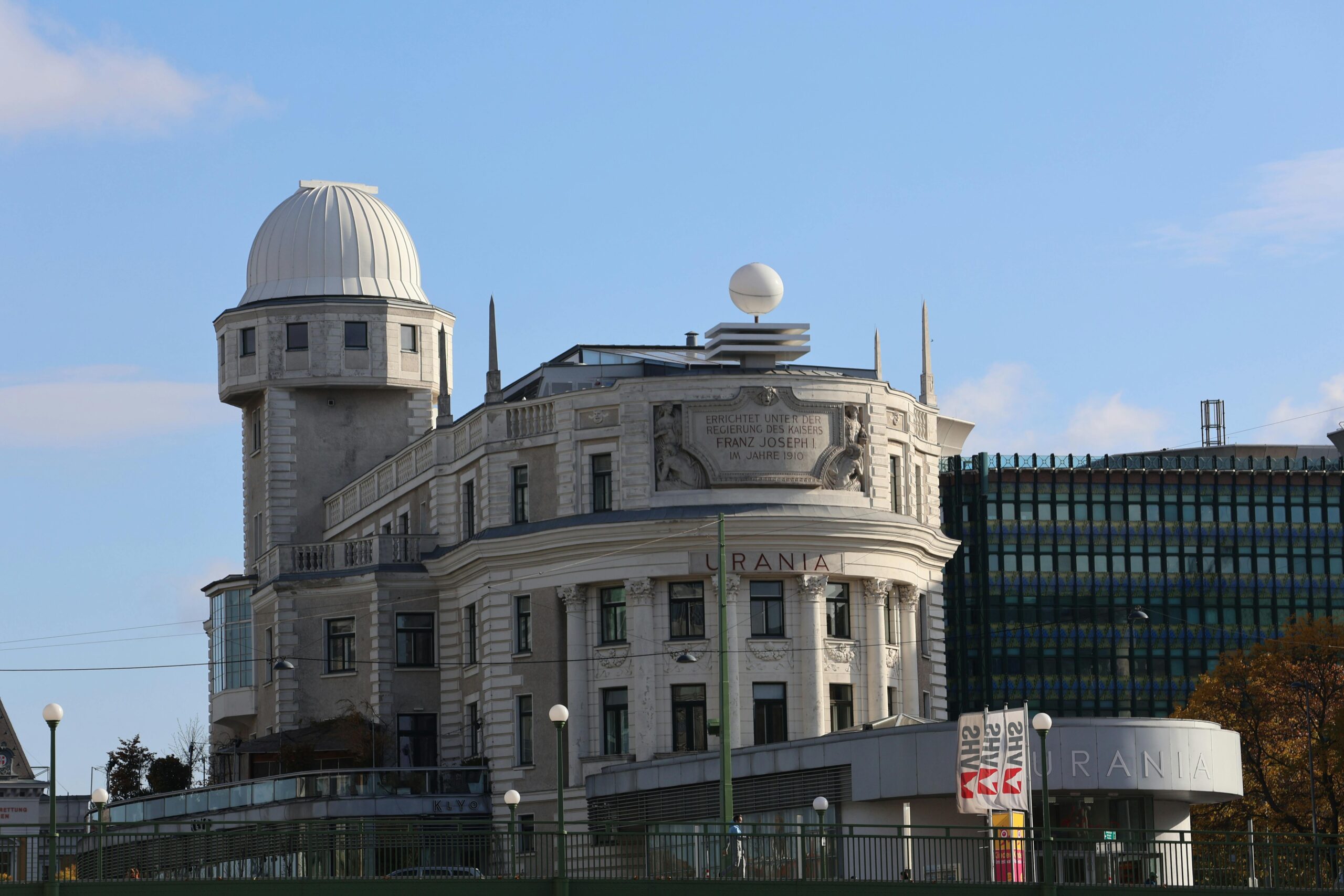The quest for eternal youth has captivated humanity for centuries, but modern science is finally revealing the molecular mechanisms behind aging and how we might slow it down.
🧬 The Science Behind Cellular Aging
Understanding how our cells age at the molecular level represents one of the most exciting frontiers in modern medicine. Every day, our bodies undergo countless cellular processes that gradually accumulate damage over time. This molecular wear and tear manifests as what we commonly recognize as aging—wrinkles, decreased energy, cognitive decline, and increased susceptibility to disease.
At the heart of cellular aging are several key molecular targets that scientists have identified as critical players in the aging process. These include telomeres, sirtuins, mTOR pathways, and senescent cells. Each of these components plays a distinct role in determining how quickly or slowly our bodies age, making them prime targets for interventions aimed at youth retention.
The groundbreaking research in geroscience has revealed that aging isn’t simply an inevitable decline but rather a biological process influenced by specific molecular pathways. By targeting these pathways, researchers believe we can not only extend lifespan but more importantly, extend healthspan—the period of life spent in good health.
Telomeres: The Molecular Clock of Aging ⏰
Telomeres are protective caps at the ends of our chromosomes, often compared to the plastic tips on shoelaces. Every time a cell divides, these telomeres shorten slightly. Once they become critically short, cells can no longer divide properly and enter a state of senescence or die. This progressive shortening serves as a biological clock that limits the number of times cells can replicate.
The enzyme telomerase can rebuild telomeres, effectively resetting this cellular clock. While most adult cells have low or no telomerase activity, certain interventions may help maintain telomere length. Studies have shown that lifestyle factors including stress reduction, regular exercise, and proper nutrition can influence telomere maintenance.
Research into telomerase activation has yielded promising results in laboratory settings. Some compounds, including TA-65 derived from the Astragalus plant, have shown potential in supporting telomere health. However, the relationship between telomeres and aging is complex, as simply lengthening telomeres without proper cellular controls could potentially increase cancer risk.
Strategies for Telomere Protection
Several evidence-based approaches can help protect telomere length. Chronic stress has been conclusively linked to accelerated telomere shortening, making stress management a crucial component of molecular anti-aging strategies. Meditation, yoga, and mindfulness practices have all demonstrated measurable effects on telomere preservation.
Nutritional interventions also play a significant role. Antioxidant-rich foods help combat oxidative stress that damages telomeres, while omega-3 fatty acids have been associated with slower telomere attrition. Regular physical activity, particularly aerobic exercise, has consistently shown positive effects on telomere maintenance across multiple studies.
🔬 Sirtuins: The Longevity Genes
Sirtuins are a family of seven proteins (SIRT1-SIRT7) that regulate cellular health and have earned the nickname “longevity genes” due to their profound effects on aging. These proteins influence numerous biological processes including DNA repair, inflammation control, metabolic regulation, and stress resistance. When activated, sirtuins can enhance cellular resilience and promote healthy aging.
The most studied sirtuin, SIRT1, plays a crucial role in coordinating the cellular response to stress and nutrient availability. It acts as a metabolic sensor, becoming more active during caloric restriction—a well-established intervention known to extend lifespan in various organisms. This discovery has spurred intense research into compounds that can mimic the effects of caloric restriction by activating sirtuins.
Resveratrol, a compound found in red wine and certain berries, gained fame as a potential sirtuin activator. While initial excitement was high, subsequent research has revealed a more nuanced picture. Resveratrol does activate SIRT1, but achieving effective concentrations through diet alone is challenging. This has led to the development of more potent synthetic sirtuin activators currently in clinical trials.
Natural Sirtuin Activation Methods
Beyond supplements, several lifestyle interventions can naturally boost sirtuin activity. Intermittent fasting and time-restricted eating create metabolic conditions that activate these longevity pathways. During fasting periods, cellular stress responses trigger sirtuin activation, promoting cellular cleanup processes like autophagy.
Exercise represents another powerful sirtuin activator. Both endurance and resistance training have been shown to increase sirtuin expression in muscles and other tissues. The metabolic demands of physical activity create beneficial stress signals that enhance cellular resilience through sirtuin-mediated pathways.
Dietary choices matter significantly for sirtuin function. Foods rich in NAD+ precursors, such as milk, fish, mushrooms, and green vegetables, support sirtuin activity since these proteins require NAD+ to function. Some researchers consider NAD+ supplementation through compounds like NMN or NR as promising strategies for maintaining sirtuin function with age.
The mTOR Pathway: Balancing Growth and Longevity 🎯
The mechanistic target of rapamycin (mTOR) represents a central regulator of cellular metabolism, growth, and survival. This protein complex acts as a nutrient sensor, promoting growth and anabolism when resources are abundant. However, chronic mTOR activation has been linked to accelerated aging, while its inhibition extends lifespan in multiple model organisms.
The mTOR pathway illustrates a fundamental principle in aging biology: the balance between growth and maintenance. When nutrients are plentiful, mTOR drives protein synthesis and cell division. When inhibited, cells shift toward maintenance modes, activating autophagy and cellular repair mechanisms. This trade-off suggests that periodic mTOR suppression might promote longevity.
Rapamycin, the drug that gives mTOR its name, has demonstrated remarkable life-extending effects in animal studies. Even when started in middle age, rapamycin extends lifespan and improves various health markers. However, its use in healthy humans for anti-aging purposes remains controversial due to potential side effects with continuous use.
Modulating mTOR Through Lifestyle
Fortunately, dietary and lifestyle interventions can modulate mTOR activity without pharmaceutical intervention. Protein restriction, particularly of the amino acid methionine, can reduce mTOR signaling. This doesn’t mean eliminating protein, but rather being strategic about intake timing and amounts.
Periodic fasting protocols effectively inhibit mTOR, triggering cellular cleanup processes. Many researchers advocate for cyclical approaches—periods of normal eating alternating with fasting or caloric restriction—to gain the benefits of mTOR inhibition while maintaining adequate nutrition for health and vitality.
Certain phytonutrients found in plants can also influence mTOR signaling. Compounds like EGCG from green tea, curcumin from turmeric, and various polyphenols can modestly suppress mTOR activity, potentially contributing to their observed health benefits.
💊 Senescent Cells: The Zombie Cells of Aging
Senescent cells are cells that have stopped dividing but refuse to die. As we age, these “zombie cells” accumulate in our tissues, secreting inflammatory factors and damaging molecules that harm neighboring cells. This senescence-associated secretory phenotype (SASP) contributes to chronic inflammation, tissue dysfunction, and numerous age-related diseases.
The accumulation of senescent cells represents a clear molecular target for anti-aging interventions. Research has shown that selectively eliminating these cells—a strategy called senolysis—can improve healthspan and even extend lifespan in animal models. Mice cleared of senescent cells showed improvements in physical function, reduced frailty, and delayed onset of age-related diseases.
Several compounds with senolytic properties have been identified. The combination of dasatinib (a cancer drug) and quercetin (a plant flavonoid) has shown promise in early human trials. Fisetin, another plant compound found in strawberries, has demonstrated senolytic activity in laboratory studies. Human trials are currently underway to determine optimal dosing and long-term effects.
Supporting Natural Senescent Cell Clearance
Our immune systems naturally clear senescent cells, but this process becomes less efficient with age. Supporting immune function through proper nutrition, adequate sleep, regular exercise, and stress management may help maintain the body’s innate ability to remove these problematic cells.
Certain dietary compounds may support senolytic processes. Quercetin-rich foods like onions, apples, and berries, along with fisetin from strawberries, provide these compounds naturally. While dietary amounts are lower than therapeutic doses used in studies, regular consumption may offer modest benefits as part of a comprehensive anti-aging strategy.
🌿 NAD+ Metabolism: The Energy Currency of Youth
Nicotinamide adenine dinucleotide (NAD+) is a coenzyme essential for cellular energy production and numerous metabolic processes. NAD+ levels decline progressively with age, impacting cellular function across multiple systems. This decline affects mitochondrial function, DNA repair, and sirtuin activity, making NAD+ metabolism a critical target for youth retention strategies.
The age-related decline in NAD+ contributes to metabolic dysfunction, decreased cellular energy, and impaired stress responses. Boosting NAD+ levels has emerged as a promising intervention, with preclinical studies showing improvements in mitochondrial function, insulin sensitivity, cognitive performance, and physical endurance.
Several NAD+ precursors are available as supplements, including nicotinamide riboside (NR), nicotinamide mononucleotide (NMN), and nicotinamide. These compounds can elevate NAD+ levels, though the optimal form, dose, and timing remain areas of active research. Early human trials have demonstrated safety and efficacy in raising NAD+ levels.
Natural Ways to Support NAD+ Levels
Beyond supplementation, lifestyle factors influence NAD+ metabolism. Exercise increases NAD+ levels and enhances the efficiency of NAD+-dependent pathways. Both endurance and resistance training show benefits, with some evidence suggesting that higher-intensity exercise may have more pronounced effects on NAD+ metabolism.
Dietary sources of NAD+ precursors include dairy products, fish, chicken, mushrooms, and green vegetables. While dietary intake alone may not dramatically raise NAD+ levels, maintaining adequate intake of these foods supports overall NAD+ metabolism. Avoiding excessive alcohol consumption is also important, as alcohol metabolism depletes NAD+ stores.
🧘 Integrating Molecular Insights Into Daily Practice
Understanding these molecular targets is valuable only when translated into actionable strategies. The most effective approach to youth retention involves a comprehensive lifestyle that addresses multiple aging pathways simultaneously. This synergistic approach likely produces better results than targeting any single mechanism in isolation.
Time-restricted eating and periodic fasting protocols address multiple targets: activating sirtuins, inhibiting mTOR, boosting NAD+ metabolism, and supporting autophagy. Starting with a 12-hour overnight fast and gradually extending to 14-16 hours can provide benefits without extreme restriction. Some people incorporate longer fasts monthly or quarterly for additional effects.
Exercise remains one of the most powerful anti-aging interventions, activating beneficial molecular pathways while reducing chronic inflammation. A balanced program including both cardiovascular exercise and strength training optimizes outcomes. High-intensity interval training may offer particular benefits for mitochondrial health and metabolic function.
Nutritional Strategies for Molecular Anti-Aging
Diet quality profoundly impacts aging processes at the molecular level. An anti-aging nutrition strategy should emphasize whole foods rich in polyphenols, antioxidants, and other beneficial compounds that support healthy aging pathways. Mediterranean and Okinawan dietary patterns have been associated with longevity and reduced age-related disease.
- Consume abundant colorful vegetables and fruits rich in polyphenols and antioxidants
- Include omega-3 rich fish and seafood several times weekly
- Choose whole grains over refined carbohydrates to stabilize blood sugar
- Moderate protein intake, focusing on quality sources and appropriate timing
- Incorporate fermented foods to support gut microbiome health
- Limit processed foods, added sugars, and excessive caloric intake
- Consider strategic supplementation of proven compounds like omega-3s and vitamin D
🔮 The Future of Molecular Anti-Aging Medicine
The field of longevity medicine is advancing rapidly, with numerous interventions in development targeting the fundamental mechanisms of aging. Senolytics are progressing through clinical trials, with results expected to clarify their potential for human healthspan extension. Gene therapies aimed at reactivating telomerase or modulating other aging pathways are being explored.
Partial cellular reprogramming represents an exciting frontier. By temporarily activating the Yamanaka factors—genes that can revert adult cells to a pluripotent state—researchers have reversed aging markers in cells and tissues without losing cellular identity. This approach could potentially rejuvenate aged tissues while maintaining their specialized functions.
Artificial intelligence and machine learning are accelerating anti-aging drug discovery. By analyzing massive datasets of molecular interactions and aging biomarkers, AI systems can identify novel compounds and combinations that target multiple aging pathways simultaneously. This could dramatically shorten the timeline from discovery to clinical application.
🎯 Personalized Approaches to Youth Retention
Individual variability in aging means that personalized approaches will likely yield the best results. Genetic factors, epigenetic modifications, lifestyle history, and environmental exposures all influence how someone ages and which interventions might be most effective. The emerging field of precision longevity medicine aims to tailor interventions to individual biology.
Biomarker testing can provide insights into biological age versus chronological age. Measures like inflammatory markers, metabolic health indicators, telomere length, and epigenetic clocks offer snapshots of aging status. Tracking these markers over time can help assess whether interventions are working and guide adjustments to protocols.
The most successful youth retention strategies combine evidence-based interventions targeting multiple molecular pathways with regular monitoring and adjustment. Starting with foundational lifestyle factors—nutrition, exercise, sleep, and stress management—provides the greatest return on investment. Strategic supplementation and more advanced interventions can then be layered based on individual needs and responses.

⚡ Making It Sustainable for Lifelong Benefits
The key to effective youth retention isn’t implementing extreme measures temporarily but rather establishing sustainable practices that become integrated into daily life. Small, consistent actions targeting molecular aging pathways accumulate substantial benefits over time. The goal is creating a lifestyle that supports healthy aging rather than fighting against natural processes.
Behavioral psychology research suggests that habit formation requires starting small, linking new behaviors to existing routines, and focusing on consistency rather than perfection. Choosing one or two molecular targets to address initially—perhaps starting with time-restricted eating and regular exercise—builds momentum for additional changes over time.
Community and social support significantly enhance adherence to healthy aging practices. Connecting with others pursuing similar goals, whether through local groups or online communities, provides accountability, motivation, and shared knowledge. The social connections themselves also contribute to longevity, as strong relationships are consistently linked to healthspan extension.
The molecular understanding of aging has progressed remarkably in recent years, transforming the fountain of youth from myth to achievable goal. While we cannot stop aging entirely, we now possess tools and knowledge to significantly slow the process and extend the years of healthy, vibrant life. By targeting key molecular pathways through evidence-based lifestyle interventions and emerging therapies, effective youth retention is within reach. The future of aging looks brighter than ever, promising not just longer lives but healthier, more vital ones. The fountain of youth exists not as a magical spring but as a comprehensive understanding of biology that empowers us to take control of our aging trajectory. 🌟
Toni Santos is a longevity writer and regenerative medicine researcher dedicated to exploring how biology, technology, and ethics can extend healthspan. With a focus on cellular repair and anti-aging biotechnology, Toni examines how next-generation therapies translate lab breakthroughs into real-world vitality. Fascinated by stem cell science, telomere dynamics, and systems biology, Toni’s journey bridges research reviews, expert interviews, and clear public communication. Each article he shares aims to separate evidence from hype—helping readers understand what’s promising, what’s premature, and what truly supports long-term health. Blending molecular biology, clinical insight, and accessible storytelling, Toni investigates interventions that target the root drivers of aging. His work honors responsible innovation—prioritizing safety, transparency, and human wellbeing in the pursuit of extended healthspan. His work is a tribute to: Anti-aging biotechnology grounded in rigorous evidence Cellular rejuvenation pathways that restore function and resilience Stem cell and telomere research advancing ethical longevity care Whether you’re a clinician, researcher, or health enthusiast, Toni Santos invites you to explore the frontiers of regeneration—one discovery, one mechanism, one healthier year at a time.




